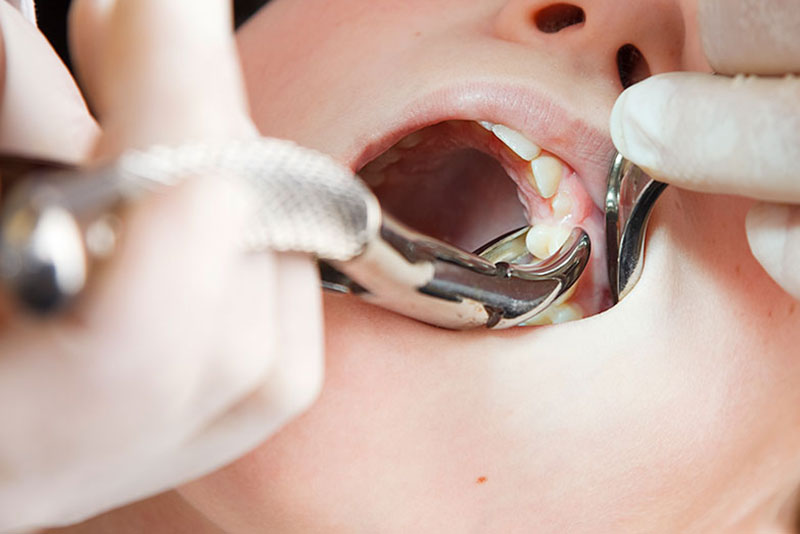If you have a toothache that is not going away, or if the tooth is dangerous and needs to be removed immediately, an emergency tooth extraction is the best way to save your teeth. Here's what you need to know about this procedure:
1. An emergency tooth extraction is done quickly and without an appointment.
2. The dentist will use forceps to remove the tooth. If you're looking to get emergency tooth extraction you may browse this website https://www.silvertoothfamilydental.com/.

Image Source: Google
3. You may experience some pain after the extraction, but it should go away fairly soon.
The Different Types of Emergency Tooth Extraction
When it comes to tooth extraction, there are a variety of options that can be used depending on the situation. The most common type of emergency tooth extraction is oral surgery, which includes using either general or local anesthesia.
Regardless of the extraction method used, it is always important to take into account the individual’s needs to ensure the best possible outcome. For example, if a person has severe gingivitis, they may require more extensive treatment before oral surgery can be performed.
The Procedure for an Emergency Tooth Extraction
If you are experiencing significant pain from a toothache, it is important to seek emergency medical attention. The tooth extraction procedure is the best way to save your teeth.
Toothache symptoms can vary, but most commonly include intense pain in the area of the tooth that is causing the pain, sensitivity to cold or heat, a severe headache, fever, and nausea.
When seeking emergency medical attention for a toothache, be sure to tell your doctor or nurse what is causing the pain. Many times, it can be difficult to determine the source of the pain without further examination.
Some common causes of toothaches that require immediate treatment include a broken tooth that needs to be removed immediately, an infected tooth or gingiva (gum), a loose tooth or root impaction (tissue build-up due to crowding and bone growth around the roots of teeth), and a fracture in one of your teeth's dental bones.
